The Ultimate Glute Growth Blueprint: Best Exercises Ranked by Science
When it comes to sculpting a powerful and aesthetically balanced physique, few muscle groups command attention like the glutes. Beyond just visual appeal, the gluteal muscles play a central role in athletic performance, posture, and injury prevention. Whether you’re chasing hypertrophy, strength, or symmetry, investing in smart glute training is non-negotiable.
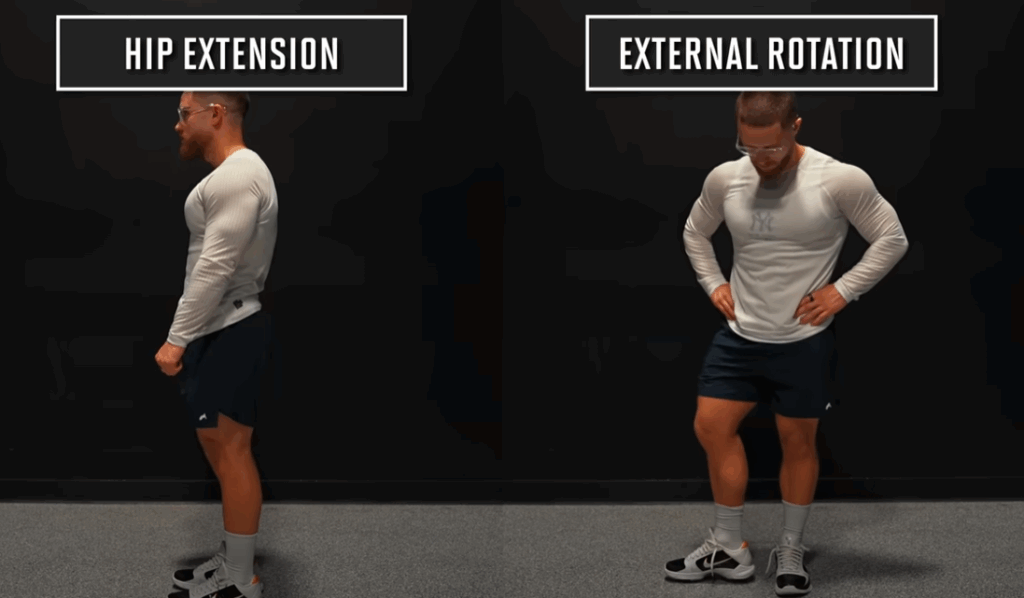
As a fitness coach with over two decades of experience, I’ve tested, tweaked, and analyzed glute exercises across the spectrum—from biomechanics to EMG research—to uncover which movements genuinely deliver muscle-building results. Let’s break down the glutes anatomically, then rank the top (and bottom) exercises for maximum development.
Anatomy of the Glutes: What You Need to Know
The glutes are not a single muscle, but a trio:
- Gluteus Maximus: This is the dominant, posterior powerhouse. It’s responsible for hip extension and external rotation—think deadlifts, lunges, and powerful hip thrusts.
- Gluteus Medius: Located on the upper outer hip, this stabilizing muscle is critical during single-leg activities and lateral movement.
- Gluteus Minimus: The smallest of the group, it supports the medius and plays a crucial role in stabilization and abduction.
Moreover, the glutes can be targeted by emphasizing their upper, middle, and lower segments, which respond differently based on movement patterns and joint angles.
Ranking the Glute Exercises: Which Ones Really Work?
To rank each movement, I evaluated based on:
- Ability to load the muscle with progressive overload
- Level of tension in the stretched and shortened positions
- Comfort and joint safety during execution
- Scientific support from EMG and longitudinal hypertrophy studies
Let’s dive in.
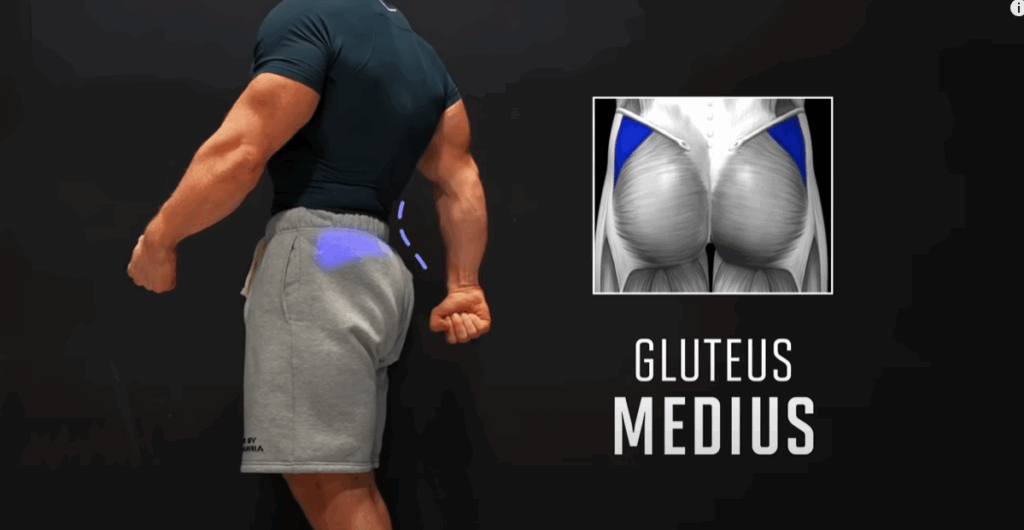
Top-Tier Glute Builders (S Tier)
1. Walking Lunges
If you could only choose one exercise, this would be my pick. Walking lunges hit every area of the glutes while challenging balance, stability, and coordination. By taking longer strides and maintaining a slight forward lean, you’ll maximize stretch and recruitment, particularly in the gluteus maximus and medius. The dynamic nature keeps you mentally engaged and physically working through space, not just reps.
2. Machine Hip Abduction (Leaning Forward)
This often-overlooked machine is a powerhouse for the upper glutes. By leaning forward about 30°, you align the line of pull with the gluteus medius and minimus for maximum engagement. Ideal for moderate to high reps (15–20), it’s easy to progressively overload and isolate the glutes without knee or back strain.
3. 45° Back Extensions (Rounded Upper Back)
When performed with a rounded upper back and full hip extension, this movement becomes a sleeper hit for glute hypertrophy. It hits both the stretched and contracted positions hard and is easy to load with a plate or dumbbell. One of my personal favorites for lower glute development.
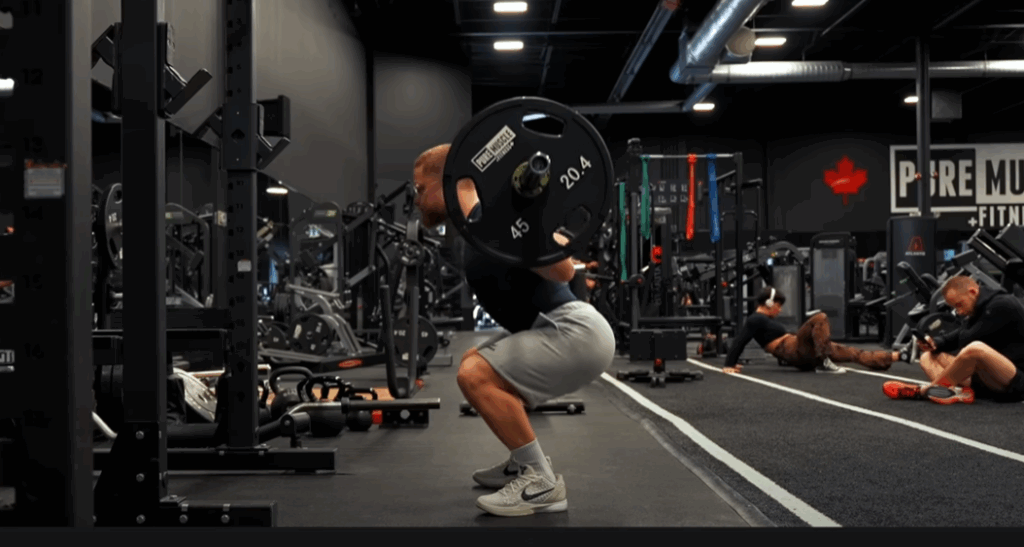
Strong Contenders (A Tier)
Hip Thrust Machine (e.g., Nautilus Glute Drive)
This is a better alternative to the barbell hip thrust for most lifters. The machine eliminates setup hassle, offers better comfort, and lets you zero in on pure glute contraction. The only drawback? It doesn’t provide a deep stretch. Still, for targeting the mid-glutes, it’s excellent.
Bulgarian Split Squats
These offer a serious stretch and activation of both the mid and upper glutes, especially with a forward torso angle and a long stride. While taxing and hard to overload beyond dumbbells, they remain a go-to for glute-focused programming.
Romanian Deadlifts
Few exercises load the glutes through a stretched position as effectively as RDLs. Ideal for building the lower glutes and hamstring tie-in, this hip hinge variation is one of the best for long-term hypertrophy and strength development.
Smith Machine Squats (Feet Forward)
Adjusting your stance can transform the Smith squat into a glute-dominant movement. With your feet slightly ahead of your hips and a deep squat, you’ll feel a profound glute contraction.
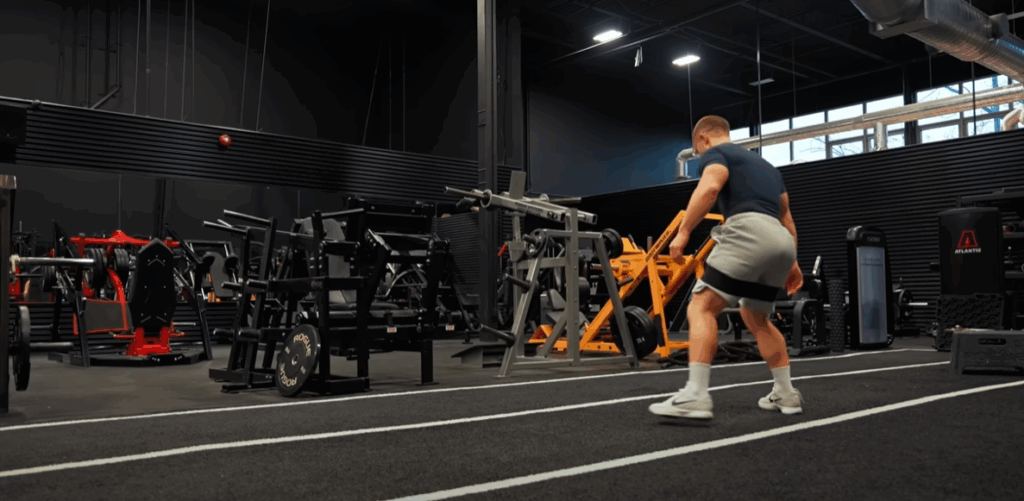
Step-Ups
Single-leg training that emphasizes height and control targets the entire glute complex, especially the upper glutes due to the demand for lateral stability. Use a bench or box at or above knee height and lean slightly forward.
Decent Additions (B Tier)
Barbell Hip Thrust
A proven glute grower, no doubt—but its drawbacks (setup, discomfort, lack of stretch) keep it out of the top tier. Still, if you progressively overload and control the tempo, it’s a reliable staple.
Sumo Deadlifts
With a wider stance and more external hip rotation, sumo pulls bring in a bit more upper glute activation than conventional deadlifts, though they still produce significant fatigue.
Cable Hip Abduction
A fine movement for upper glute isolation, but less stable and more difficult to load than machine-based options.
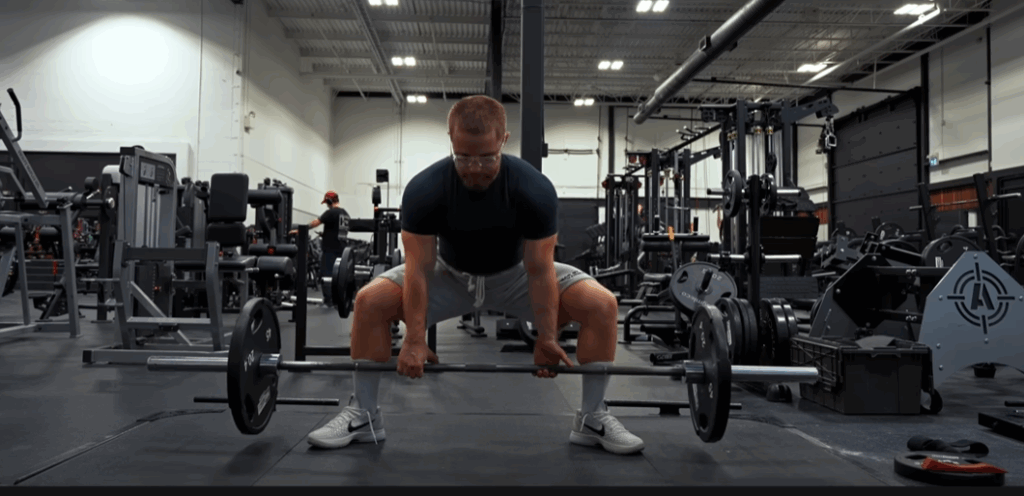
Mediocre or Situational (C–D Tier)
Frog Pumps
These target the glutes in an abducted position but are awkward to load and limited in range of motion. Great as a burnout finisher, not so much for hypertrophy.
Donkey Kicks & Fire Hydrants
Commonly seen in beginner routines, these are better suited for glute activation drills than muscle growth. They lack resistance, stretch, and progression potential.
Kettlebell Swings
While useful for conditioning and power, swings don’t create enough glute tension to contribute meaningfully to hypertrophy.
Best by Section: What Should You Prioritize?
- Upper Glutes: Machine Hip Abduction, Step-Ups, Cable Kickbacks
- Middle Glutes: Hip Thrust Machine, Bulgarian Split Squat
- Lower Glutes: RDLs, 45° Back Extensions
And if you want a complete approach? Blend these together across your weekly routine.
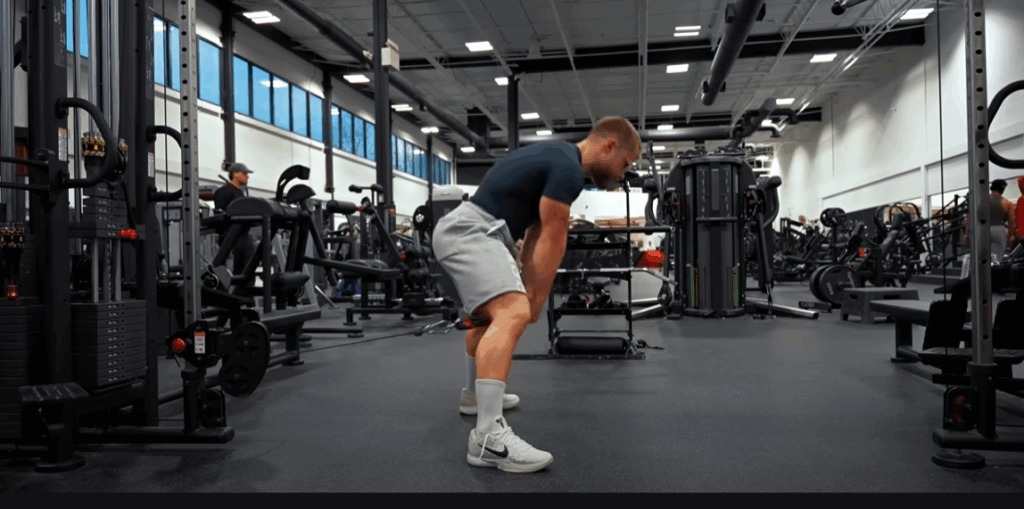
Final Thoughts: Training Isn’t Everything
Maximizing glute development isn’t just about picking the right exercises—it’s about consistently challenging the muscles with progressive overload, optimizing range of motion, and ensuring proper recovery.
Equally critical is your nutrition. If you’re not consuming sufficient protein or staying in a caloric surplus (when growing), you’ll spin your wheels. Macronutrient tracking and nutrient timing are game changers—especially when paired with intelligent training.



